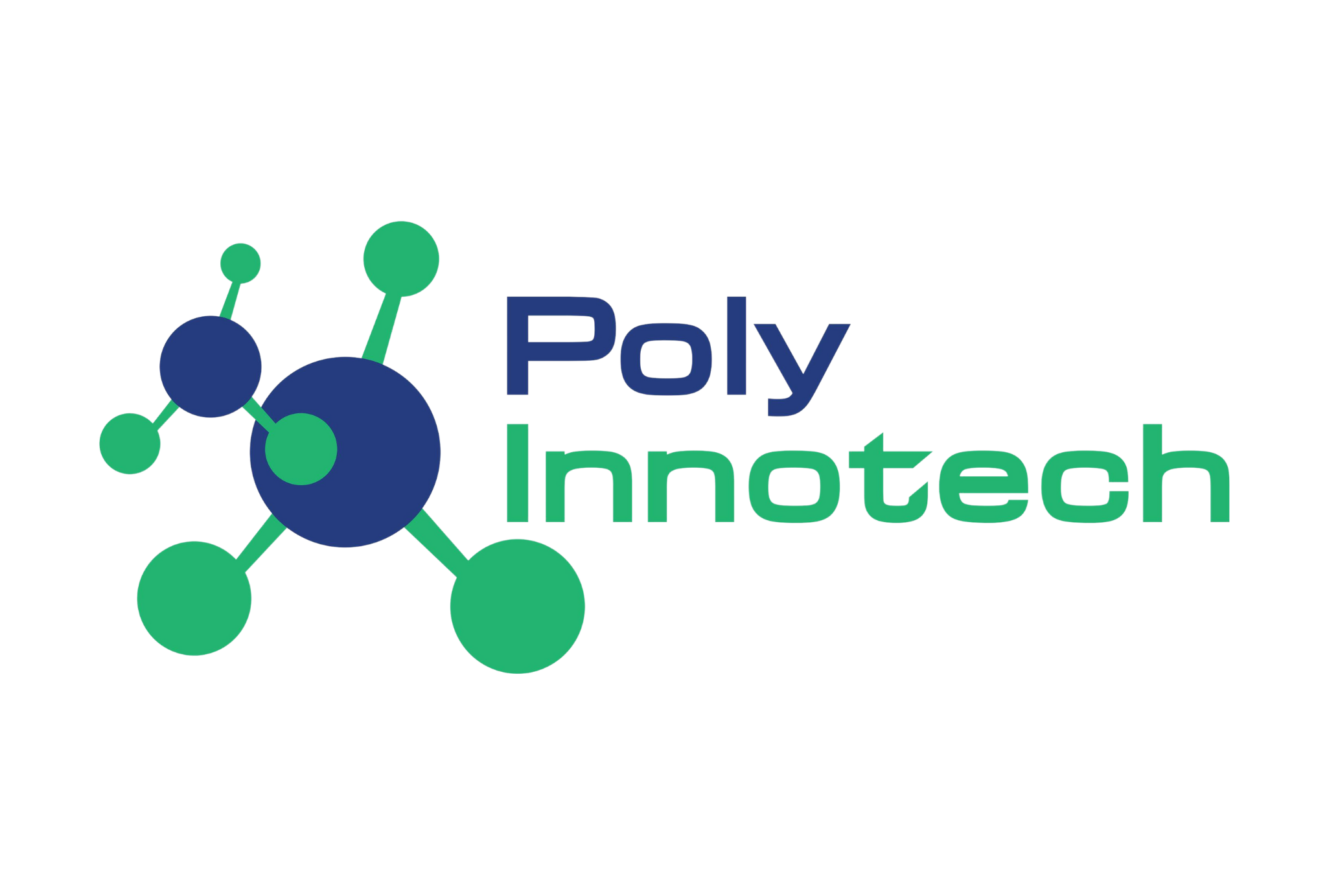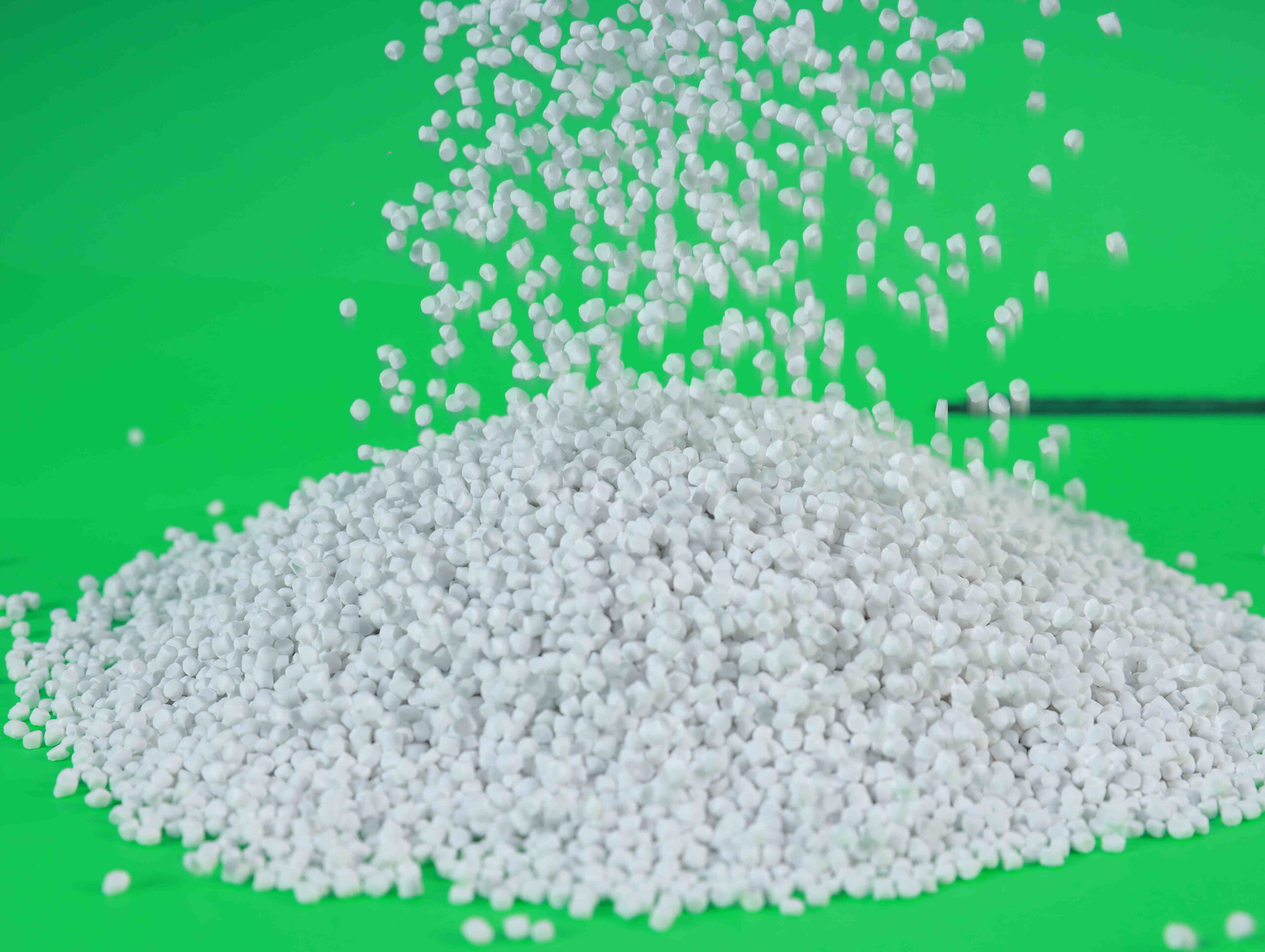White masterbatch plays a pivotal role in the production of final plastic products by offering several key benefits. It includes titanium dioxide (TiO2), which provides consistent and vibrant white coloration across plastic products. This uniformity is essential for aesthetic appeal and maintaining product quality. Additionally, white masterbatch is cost-effective as it allows for precise control over the amount of TiO2 used, thereby reducing overall material costs.
It also improves the physical properties of plastic, such as durability, thermal stability, and UV resistance, which extends the lifespan of products, especially those exposed to outdoor conditions or harsh environments. Moreover, white masterbatch simplifies the manufacturing process by facilitating easier mixing and processing of plastics, enhancing production efficiency and minimizing material waste. Overall, white masterbatch is crucial for producing high-quality, durable, and visually appealing plastic products.
With the goal to lead in the masterbatch manufacturing industry, PolyInnotech continuously innovates its product offerings by producing various types of masterbatch. PolyInnotech can meet the specific requirements of customers across diverse industries, from packaging to construction.




















